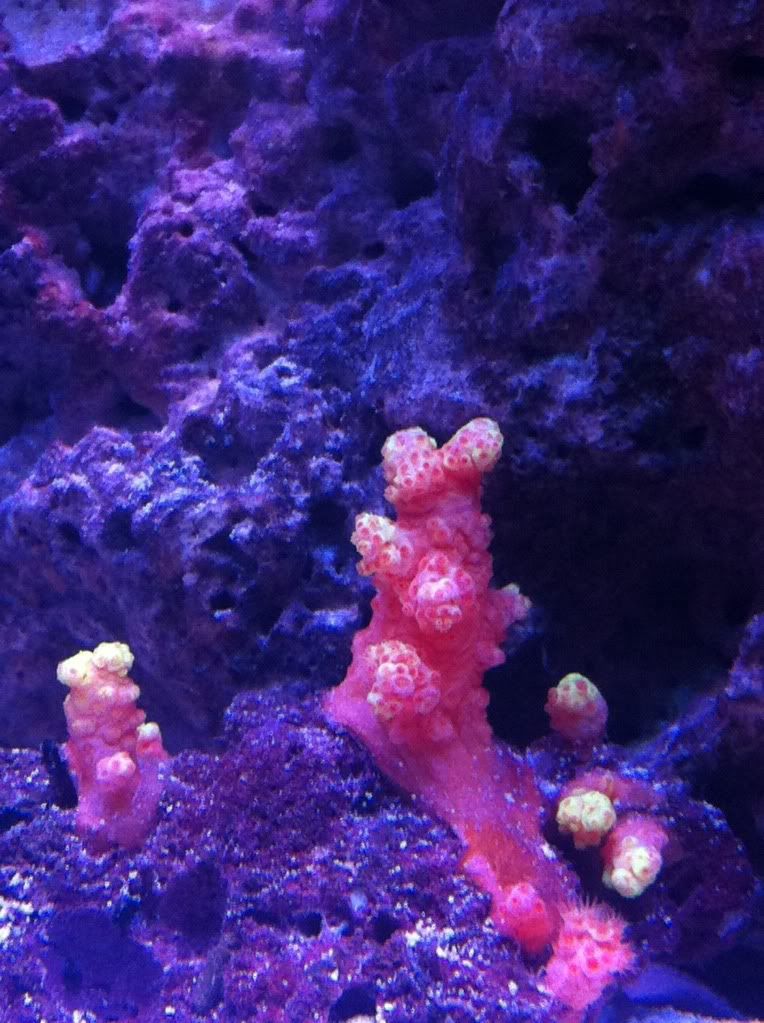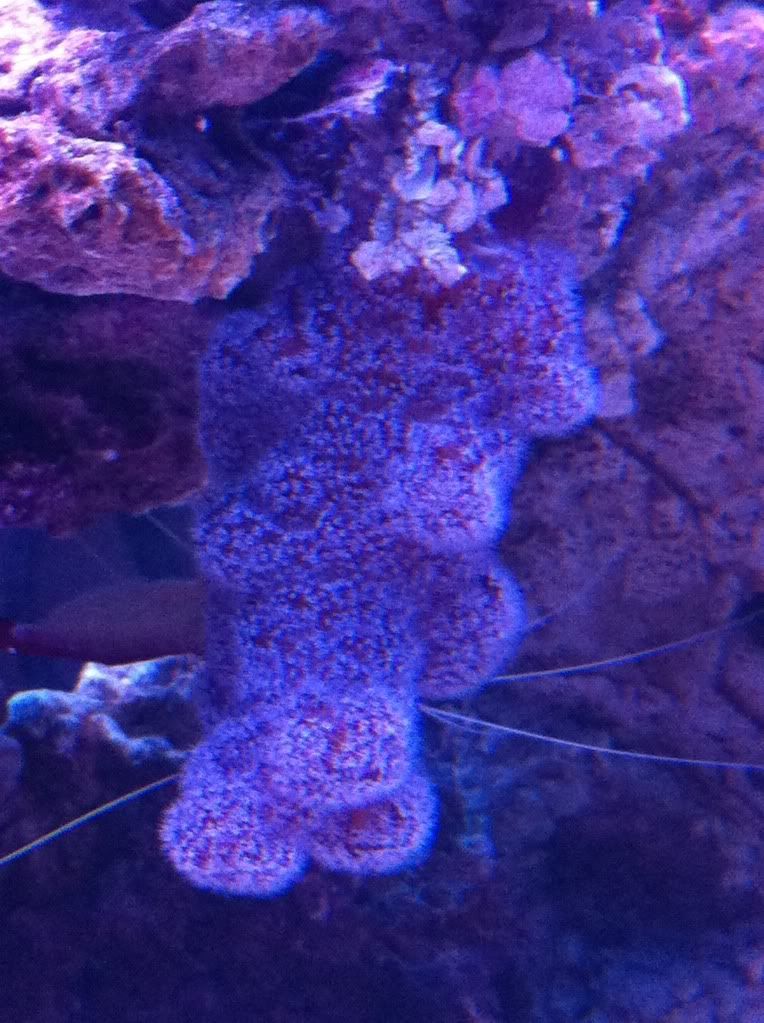Not a game show, just a question.
There’s a direct link, it’s pinkish with white fuzzy flowers with black fingers. Any educated guesses out there?
Not a game show, just a question.
There’s a direct link, it’s pinkish with white fuzzy flowers with black fingers. Any educated guesses out there?
Pocilipora?
If you add the [ img] [/ img] tag around the link the picture shows up in your post.

[quote=“Cdangel0, post:2, topic:4662”]
Pocilipora?[/quote]
It’s soft, no stone whatsoever, top-heavy and floppy.
Let’s take a closer look…
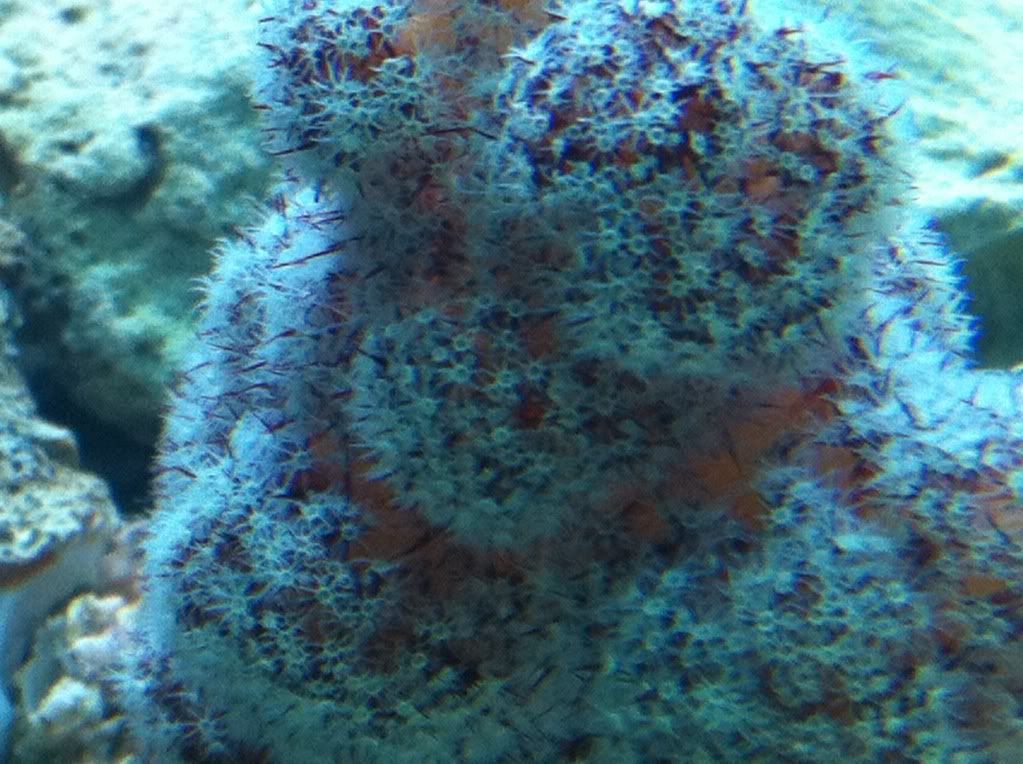
I believe it’s a soft coral and commom name is called carnation coral. Same family as the red chilli coral.
I believe the LFS said a name that started with a “G.”
Also, this is also a favorite, all we were told is that it’s just a carnation. It’s doing amazing!
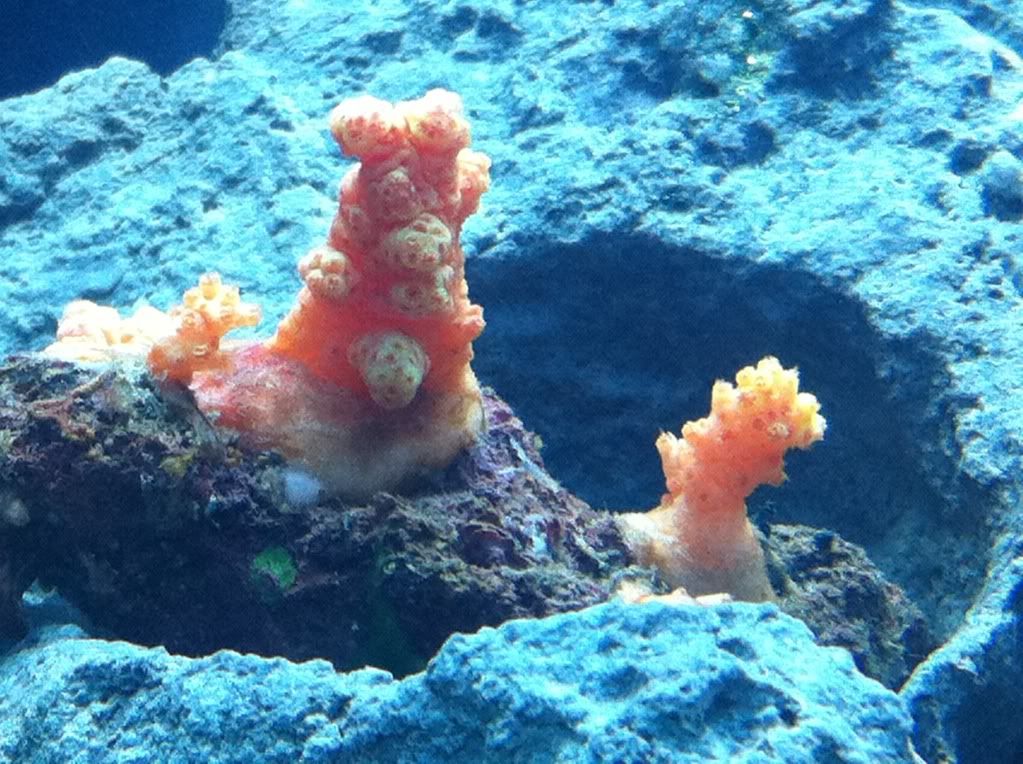
they look cool and happy i’ve never seen them before
from thesea.org: “Orange Carnation Coral is worth the care for the beauty in the tank. This coral attaches itself to caves, in the ill-lit areas of reefs or on the ledges of reefs…Orange carnation coral do not contain the symbiotic algae zooxanthellae. Their diet should include live baby brine shrimp, micro-plankton, and other small food designed for feeding invertebrates in order to survive in the reef aquarium. Because these foods must be available to them almost constantly, they are only recommended for the most expert reef keepers…Only low to moderate illumination is required, because it generally lacks the ability to be photosynthetic. Alternating moderate water flow in the aquarium is required.
Orange Carnation Coral Habitat and Care
This type of coral looks very interesting if attached to a reef ledge or in a cave in the marine aquarium. Carnation coral rarely if ever breeds in an aquarium environment. Many of the samples of this type of coral that are on the market are very unhealthy, and maintenance of this coral is not easy. A perfect habitat for pink carnation coral is very difficult to achieve…By all accounts, carnation coral should only be cared for by the most dedicated and experienced reef keepers for ultimate health of this coral. Orange carnation coral requires constant care and a very acutely trained eye to notice any differences in the health and well being in the reef environment. Moderate water flow with a constant supply of high-quality nutrients is required to maintain its health and nutrition.”
good luck.
Awesome, we’ll give it our best shot, reef snow and fine live phytoplankton fed directly all right for feeding??
Dendronephthya… Man I wish I could add keeping them alive to my resume. If I hit the lotto after a couple months of equipment buying and prep I may give it a go. I’m hoping that is an image in the store and you didn’t buy before knowing what it was?
Live Aquaria tends to down play the difficulty in keeping some of the animals they sell because well they are trying to sell them. They say “It is extremely difficult to maintain”…
These things are VERY prolific in the wild, but try to find someone selling captive raised… If something always does something in the wild and never does it in captivity… may not belong in captivity. There have been a couple people on the planet who have kept them long term. So odds of success that someone in the club is to have keeping them, about 6,775,235,700 / 2.
Perhaps over stating a bit, but the top hits on google which are selling these animals shouldn’t be the trust source you use to research an animal before buying.
Here is a good article to read, “This month Eric Borneman tells us why Dendronephthya shouldn’t be kept in an aquarium”
On a more optimistic note here is someone who has had luck:
http://reefkeeping.com/issues/2008-02/feature/index.php
I had links to at least two others, but can’t seem to find them.
Really hope you luck out and do well with it. If you are I would really like to come by and take a look at your tank and hear what it is your doing right.
So far, not so sure. We put it out of direct sunlight and upside down, it seems to be a lot happier. And yes, we bought it but were told it was easy and, obviously, grossly misinformed. LFS ain’t the best. I like this forum better, and will be sure to take pictures of in-store items before buying instead of just going all impulse-stylee.
We have DT’s Live Marine Phyto premium reef blend that we keep in the fridge. Is this a sufficient food for our weirdo fuzzy pink guy? Dendronephthya, to be PC about it.
Both carnation and Dendronephthya seem to be eating fine, moved the Dendronephthya out of the light and upside down. Check it.
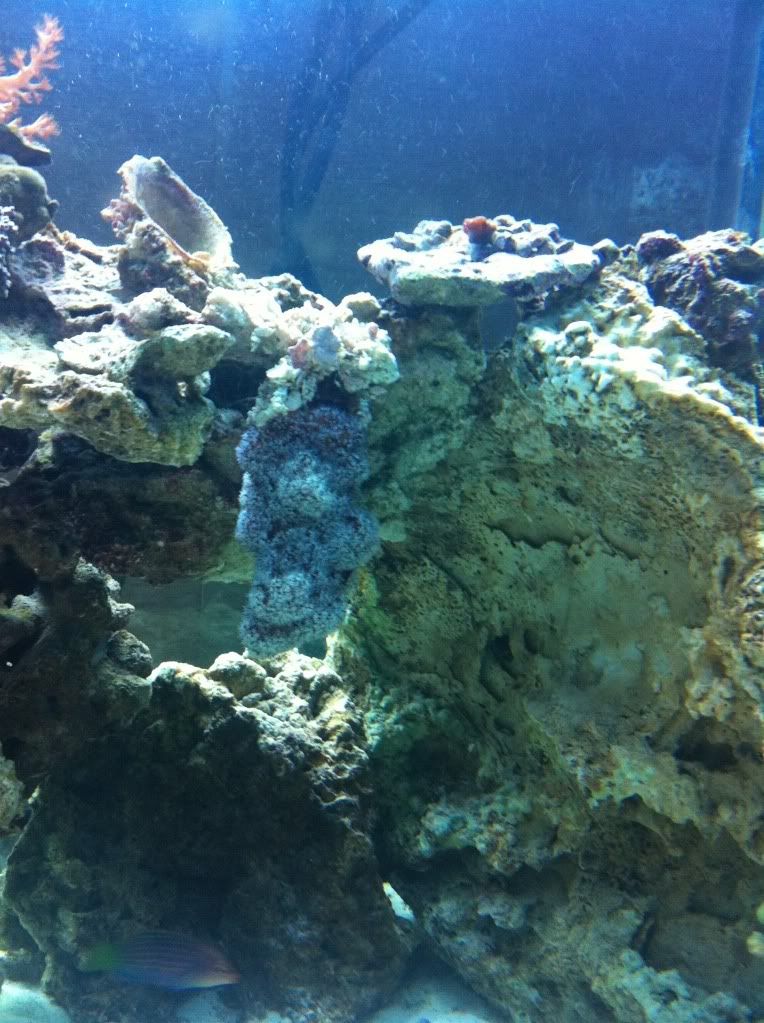
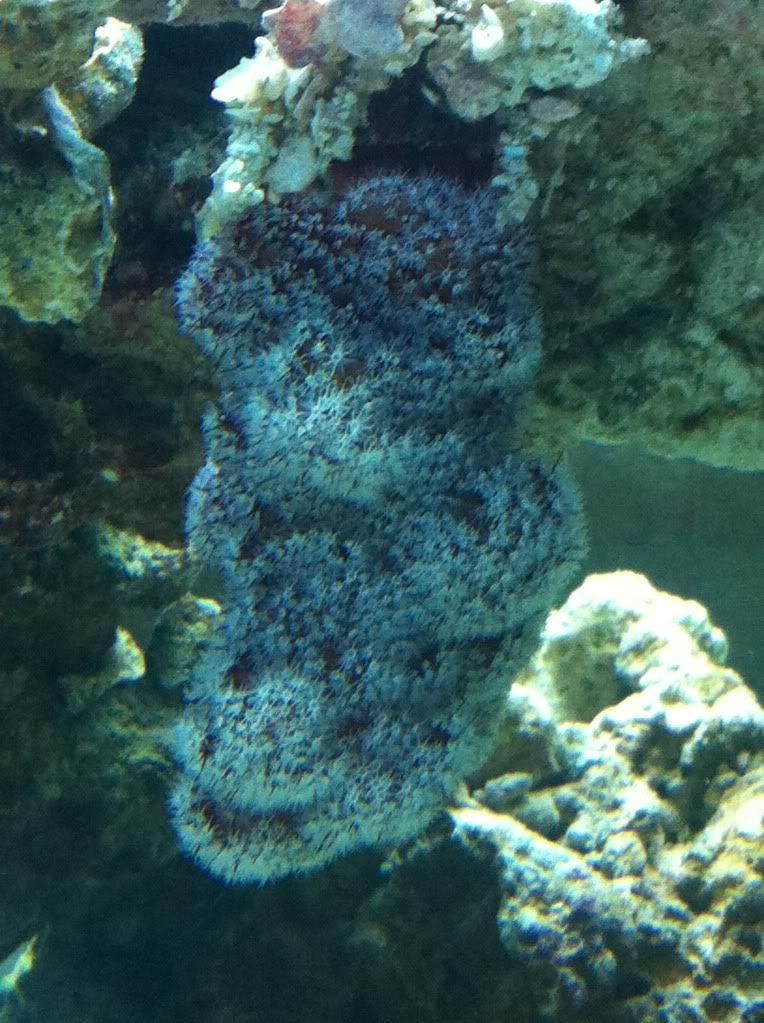
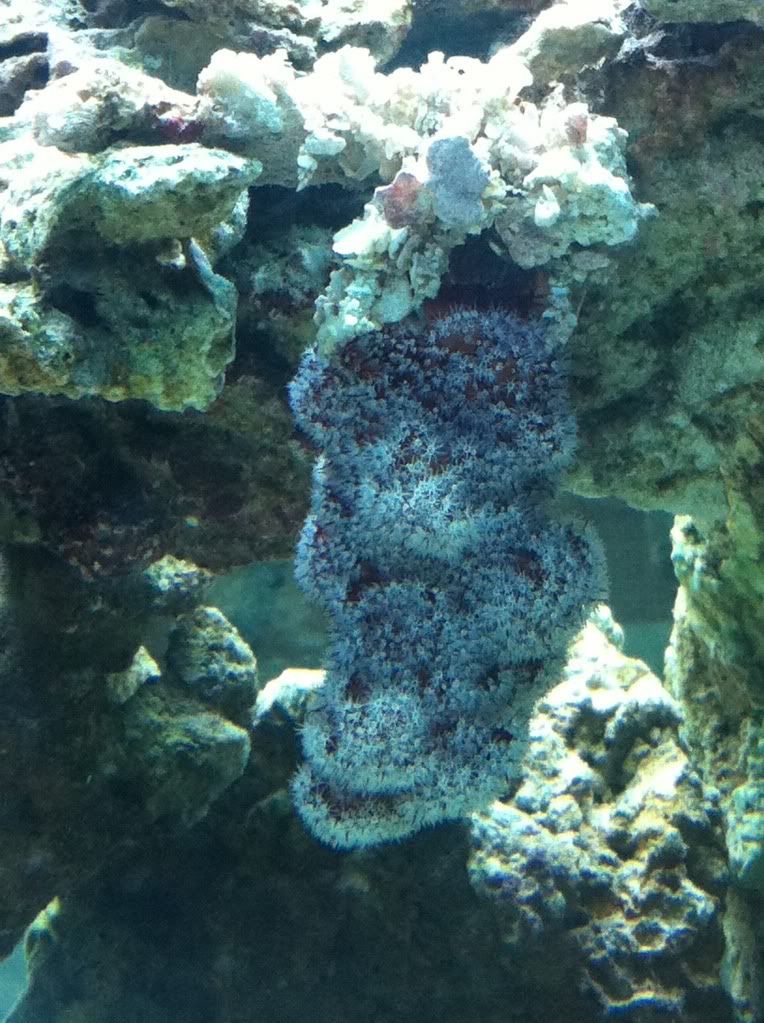
And here’s the neon orange carnation, which we’re not very worried about it’s well-being.
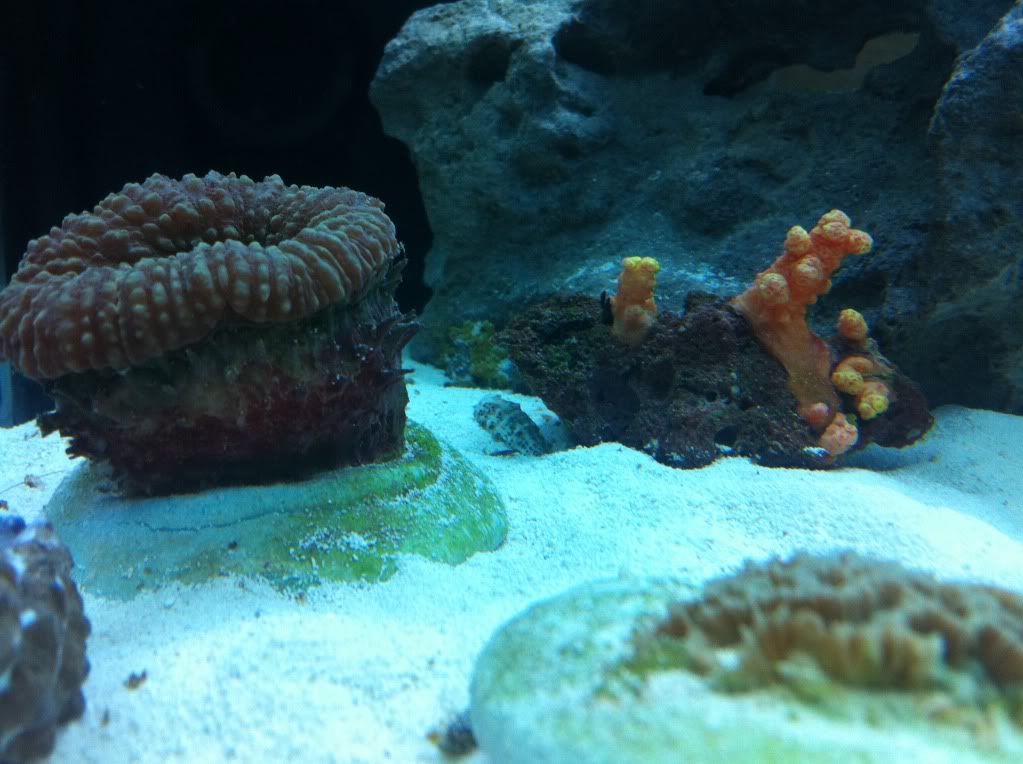
We haven’t had them very long, though. But I’m reeeally hoping this works out. We’ll play lots of Bob Marley for them. I have high hopes.
GARF used to keep and propagate both Dendros and Lemnalia. Lemnelia have spicules on their stems. hard, needle like spines.
http://www.garf.org/36/2/dendro2.shtml
http://www.garf.org/37/feed/feed.shtml
http://www.garf.org/lemn02/1000.shtml
http://www.garf.org/lemn02/1000neo.shtml
http://www.garf.org/lemn02/1000dend.shtml
they are real nice. I wonder if they still keep them?
Ken, please don’t call them Dendros. When I hear Dendro I think of the genus Dendrophyllia in the Dendrophylliidea family.
Dendro could be:
Dendrogyra
Dendronepthya
Dendrophyllia
GARF is able to do a lot of things in their large stable systems. Unfortunately I think a lot of there experiments are rough for the average hobbyist to replicate. Would be worth reaching out to them though to see if they do keep them and what suggestions they may have. You may also want to try Azoox.org
So far, so good guys. Both carnations are doing wonderfully, we direct feed them phytoplankton once every night and ran out to get a new purple bulb. Here’s some pics.
